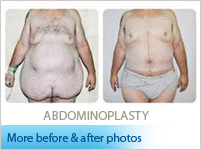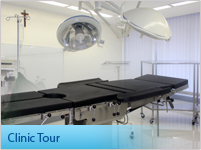What is fat transfer?
Fat transfer, also known as autologous fat transfer for its medical
term, is a surgical procedure that uses the own body fats and tissues
of a person and transfers it to another body part. Modern technology
have now enabled doctors to gather fats from specific places like the
abdomen, thighs, arms, etc. and move them to areas that need more volume
and firmness--like breasts, lips, butt, and more. It is an outpatient
surgical procedure that usually takes 2 to 4 hours.
Below are some of the areas where fat transfer is commonly done:
I. Breast
After gathering fats from other body parts, these same fats are transplanted
on the breast to increase its size.
II. Face
There are various facial parts that can benefit from fat transfer. These
fats can be used to correct facial scars, to fill out hollow cheek bones,
and to enhance the fullness of the lips.
II. Butt
A very popular method of butt augmentation, fats are harvested from
other parts of the body and transplanted into the butt to get the desired
shape and size.
How the procedure is done
The procedure of fat transfer starts off with local anesthesia administered.
Similar to liposuction, the fat will then be gathered with the use of
a thin tube to avoid damaging the live fat cells. These will then be
injected to the preferred area like face, breast, butt, or other scarred
areas. The fat will provide the necessary plumpness and fullness needed
by the other parts of the body, resulting to a younger looking body.
What to expect after fat transfer?
During the first few weeks, they might be some swelling, bruising, and
discomforts. These will subside over time and there are medications
that can be prescribed by the doctor to help ease them. After a few
days, patients can go back to their regular routine as the recovery
period for fat transfer does not take that long.




